16. Bullets Over Broadway (1994)
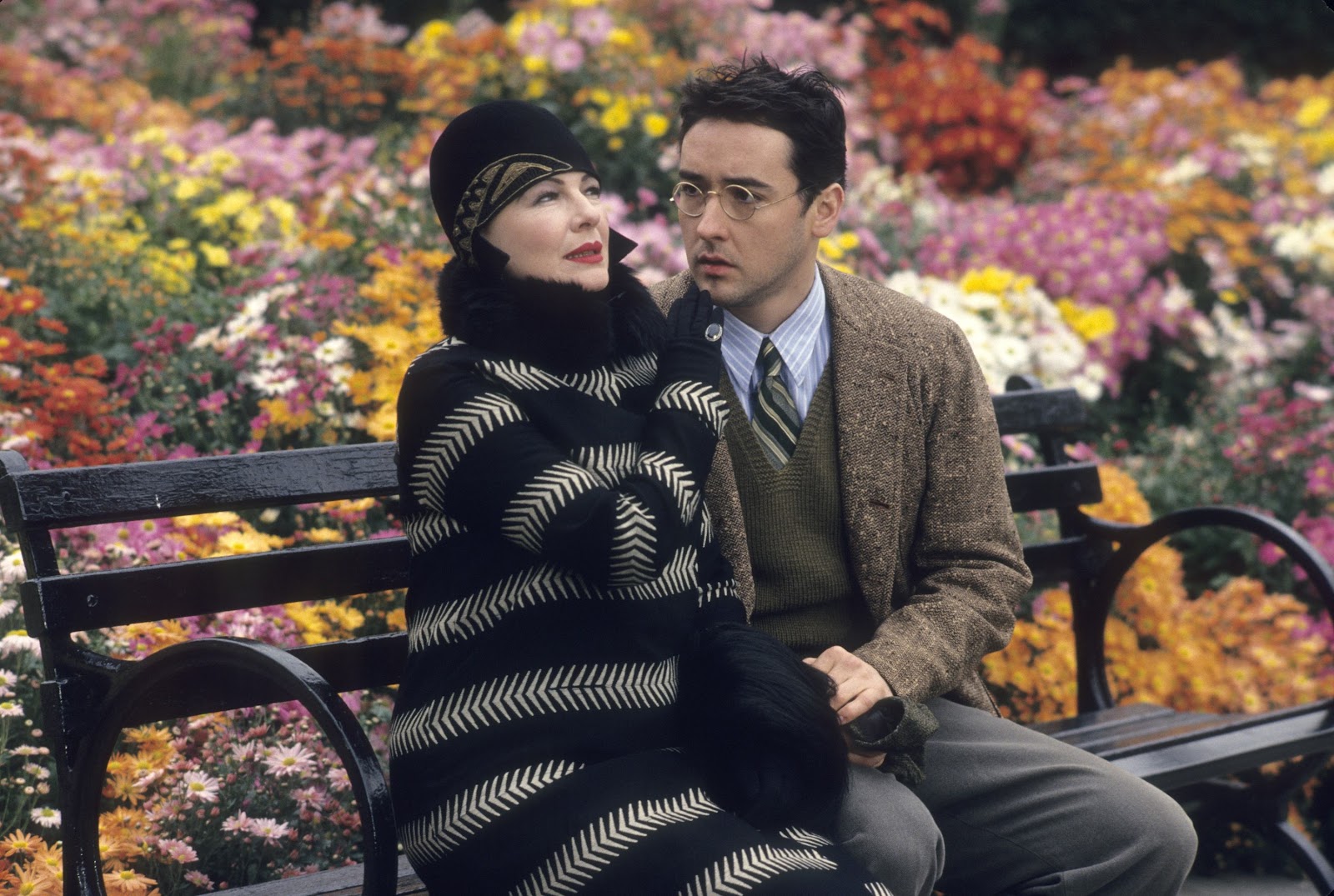
In the 1920s, a theatrical author (John Cusack) is forced to accept in the cast of his play a young woman (Jennifer Tilly) with no talent, as she is the girlfriend of the gangster who produces the show.
And as if that were not enough, the bodyguard (Chazz Palminteri) of the young woman decides to interfere all the time in the script of the play. The script is excellent, perfectly balancing the love of theater and the criticism of the lack of freedom in the process of creating a piece of art.
15. Husbands and Wives (1992)
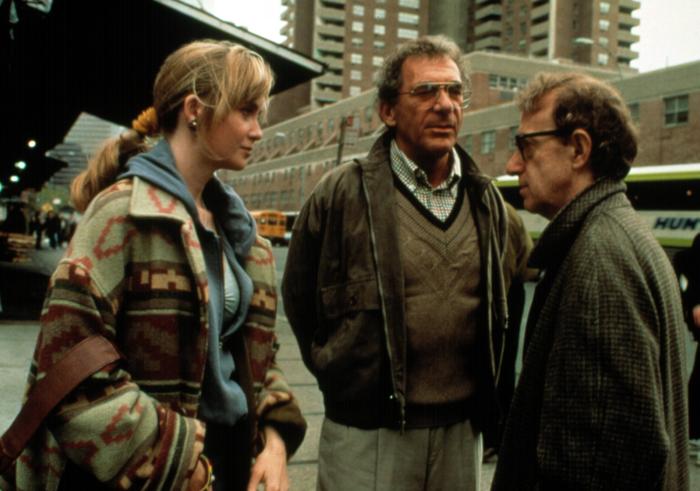
Gaby (Woody Allen) and Judy (Mia Farrow) are shocked by the news that Jack (Sydney Pollack) and Sally (Judy Davis), a couple that is very close to them, are splitting up, most likely because Gabe and Judy are also distancing themselves and now realize this. So as Jack and Sally try to meet new people, Gabe and Judy’s marriage turns out to be worn out and they begin to feel attracted to other people.
With a more intimate style of filming, consistent with the intimate approach to the characters, Allen delivers a brutally real portrait of a relationship that is going down, sinking into their illusory perceptions of life.
14. Sweet and Lowdown (1999)

Allen’s homage to jazz, his favorite style of music, could not be more passionate, favored by a spectacular, visceral delivery from Sean Penn, and a documentary structure that is set up by the script, with “false testimonies”, half-cut editions, resulting in a beautiful delicacy.
13. Take the Money and Run (1969)
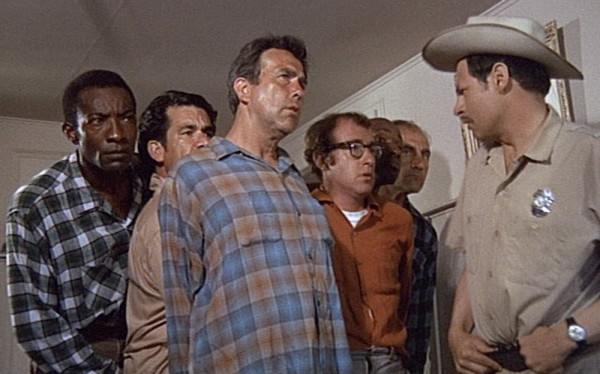
The first 10 minutes are great because we get to know the young man’s first steps in crime. Of course, before he tried a simple life, like a cellist. The problem was to follow the street band, with its instrument in one hand and, in the other, a chair. There was no way, for the route of crime seemed to be at its destination. After petty thefts, he was arrested for the first time. Inspired, he tried to flee using a bar of soap and his craft expertise.
A few days later, with his perfect soap revolver painted with shoe grease, he ventured to cross the walls that imprisoned him. Bad luck, for he did not notice the torrential storm that punished that place, and in a few seconds, to the surprise of the police, his revolver turned a large ball of foam. Comedy perfection with very low budget.
12. Another Woman (1988)

In order to write her new book, an intellectual from New York rents an apartment that has a psychoanalysis office as a neighbor. Through her apartment you can hear the confessions of the patients, especially from a pregnant patient, intensifying a dormant existential crisis in her.
Allen emulates John Cassavetes, including working with his muse, Gena Rowlands, with some of the best dialogues ever written in his career. “And I wondered if a memory would be something you have or have lost.”
11. Deconstructing Harry (1997)

Allen extrapolates the bond between fiction and reality, exploring the monotony of life in one of the most brilliant films of his career. He acts as a writer who creates a character in which his analyst tries to show him how much he wants to control the world through his unfocused view of so many idealizations, illusions, avoiding to see life as it truly is.
10. Match Point (2005)
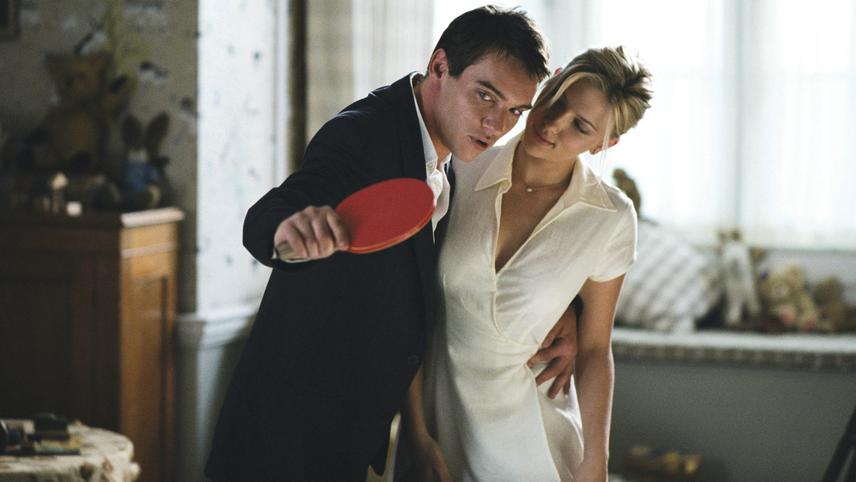
Chris Wilton (Jonathan Rhys-Meyers) is a professional tennis player who, tired of the travel routine, decides to leave the circuit and devote himself to teaching sports in an elite club. It is there where he meets Tom Hewett (Matthew Goode), the son of a wealthy family who soon becomes his friend due to some interests in common. Invited to go to the opera, Chris meets Chloe (Emily Mortimer), Tom’s sister.
Soon the two begin a relationship, to the joy of her parents. Chris is shaken when he meets Nola Rice (Scarlett Johansson), Tom’s beautiful girlfriend who is not well accepted by his mother. Surprising the world, Allen has renewed his art with the courage of a young man who is trying to steady his name in the industry.
9. The Purple Rose of Cairo (1985)
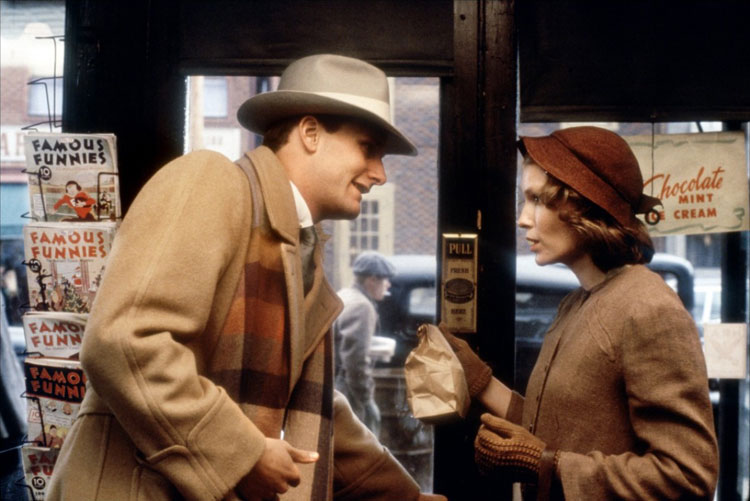
Inspired by Buster Keaton’s “Sherlock Jr.”, Allen creates the most beloved unanimity of his career, impossible not to be enchanted by the plot of this film. The trajectory of the protagonist symbolizes the importance of art as a driving force to resist the sufferings inherent to the human condition, something that the director himself would rework in a beautiful sequence of “Hannah and Her Sisters”.
The waitress played by Mia Farrow, a fragile figure, cannot see herself in the reflection of the mirror, without self-love, with her self-confidence destroyed after years of a relationship with a typical coarse macho type. With no prospect of improvement in her living condition, following the decrepitude of her devastated city by the Great Depression, she decides to spend most of her free time inside the movie theater, absorbing all the magic of that environment.
The concept is simple; the photography of master Gordon Willis, in his last partnership with Allen, shows the fable elements of the plot, reserving for the internal cinema environment a warmly ethereal glow, contrasting with the faded tones of the sad world that the young woman finds when the lights turn on.
8. Love and Death (1975)
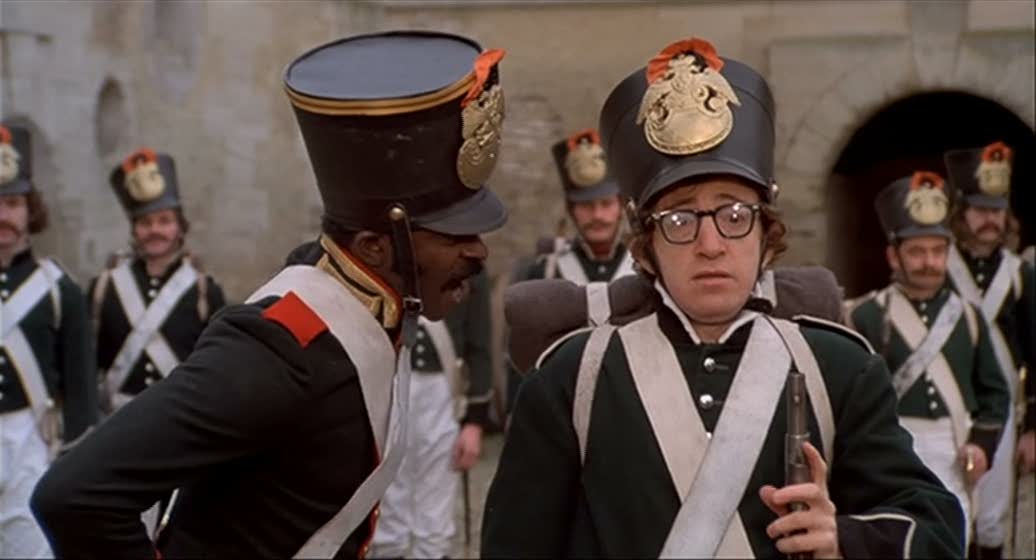
In this comedy he explores the limits of his comfort zone, using bold references to the literary work of Dostoevsky and Tolstoy (it is worth remembering that in his earlier works he had been more protective of the slapstick and popular humor), his fascination with his idol Ingmar Bergman (notice how he films a Russian speaking directly to the camera), and a direct homage to his favorite film, “The Seventh Seal”.
The greatness of the production impresses and the director shows total confidence in his technique. Diane Keaton again fills the screen with her charisma and beauty, playing the protagonist’s cousin.
Passionate about the complexity of the young woman, who espouses very witty dialogues in her existentialism, a new element in the director’s work that would become a pattern, she is frustrated to realize that she does not see him with the same eyes of overwhelming desire. The script demolishes that austere seriousness that is usually present when discussing these themes.
7. Crimes and Misdemeanors (1989)
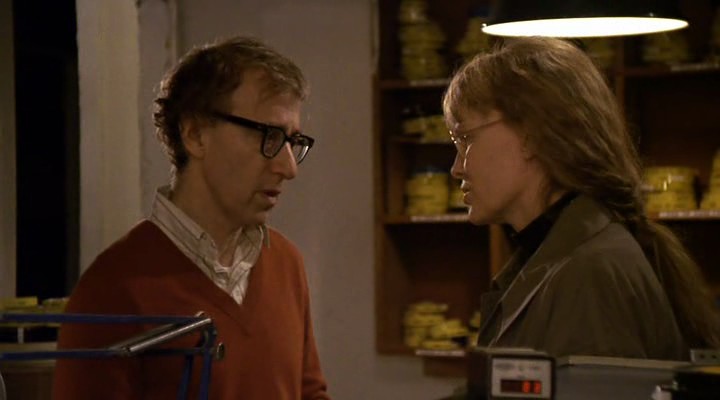
A New York doctor (Martin Landau) tries desperately to cover up his wife for his life of betrayals. A documentary filmmaker (Allen) fights temptation while producing his new film. The director examines the human soul with disconcerting dialogues and strong inspiration in Dostoevsky, working on two stories of adultery. Years later he would return to a similar theme in “Match Point”.
6. Annie Hall (1977)
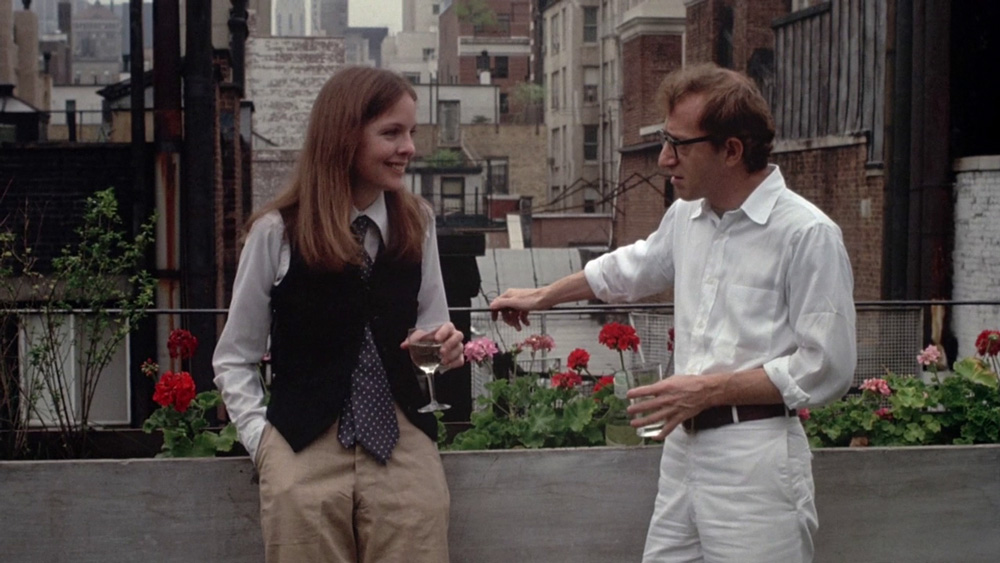
The most popular work of the director, the laureate with the main Oscar of the Academy, aside from just acknowledgments to the performance of Diane Keaton and the direction of Allen. The apex in the early part of his career, which would begin the following year to take bolder paths. The more sober style already shows the change of attitude soon in the initial credits, title in white Windsor source, contrasting with the black background, adopting the format that would accompany it for the following decades.
After playing with the future and the past of society, subverting as a caricature, Allen, for the first time, appears as a character with which the public can identify. There is a lot of himself in the script, making it even more interesting to follow his stories about his childhood, especially the great sequence in which his classmates reveal what they will become as adults, instituting a simple and very efficient analogy: the house in which he grew up to the sound of the fights of the parents, under a roller coaster.
5. Midnight in Paris (2011)
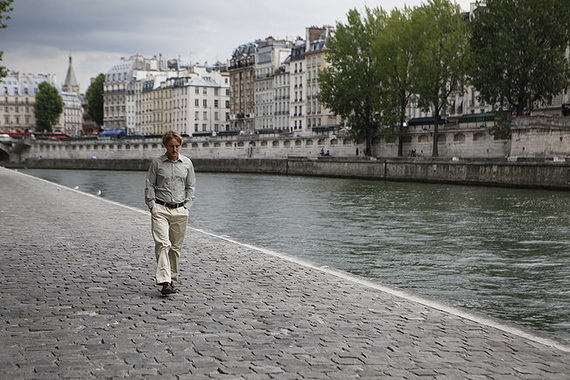
Allen, demonstrating a fascinating lucidity, deconstructed the nostalgic sense that embellishes everything it touches, evoking elements of science fiction, with a charming tenderness that evokes “The Purple Rose of Cairo.”
In choosing to make the journey in time performed by the protagonist represent the realization that the past, however fascinating, was not as perfect as he had idealized, the script highlights the importance of the individual in seeking full satisfaction in their own reality. A very mature and exciting vision of a filmmaker who refuses to embrace creative conformism.
4. Broadway Danny Rose (1984)

The film enchants mainly by the tenderness with which Allen portrays the characters. The protagonist is revealed to us through a relaxed chat at a restaurant table among comedians, lovingly remembering this talent agent who truly bet on his artists, no matter how simplistic they appear to be, of men who shaped dogs with balloons, even amateur magicians and one-armed jugglers. He valued more the human element, the possibility of, overnight, a stranger becoming famous for his art, overcoming its limitations.
Danny Rose does not fully believe in the quality of the numbers of his agents, this is what matters least, he genuinely has created a bond of friendship with them. By selling his works, he extols their character and kindness, a sort of love letter from Allen to the producer who bet financially on his work when he was just a shy young unknown comedian: Jack Rollins. The very concept of celebration of kindness, in an area so contaminated by egocentrism and dirty play, already enhances the theme of the film.
3. Zelig (1983)
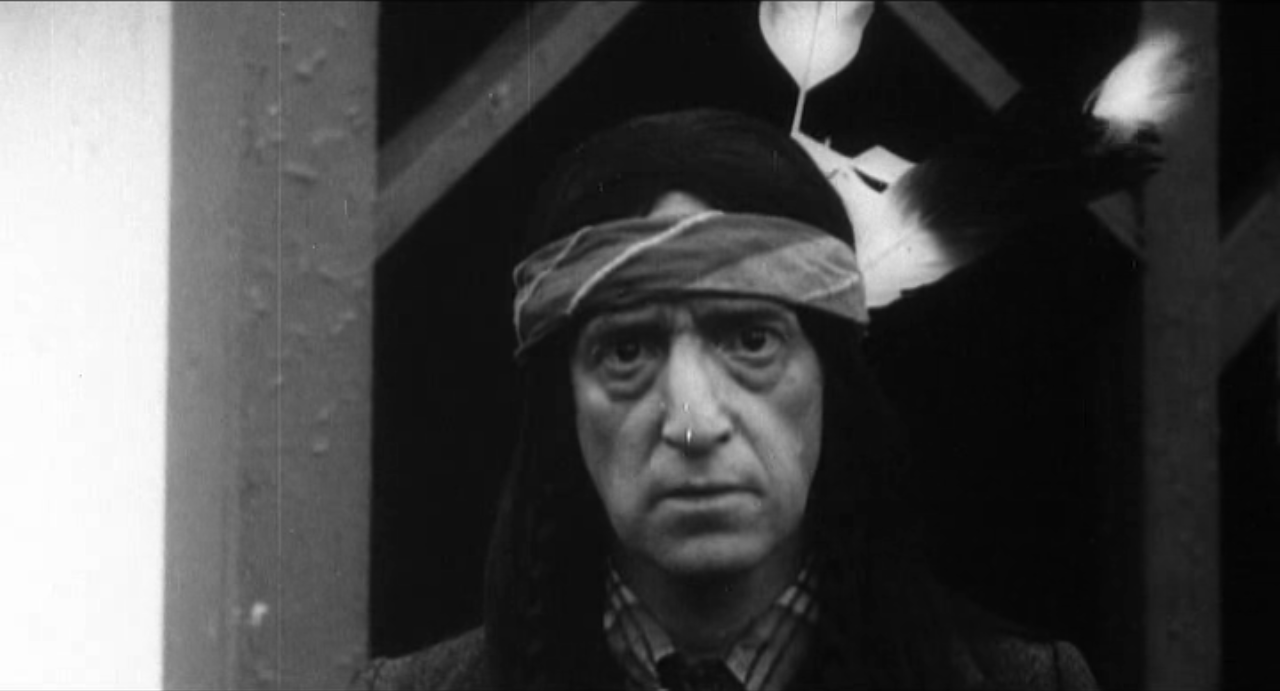
Criticism is accurate, showing how people shape themselves, even characters, in order to please and be accepted. And, of course, dignitaries with the most diverse interests begin to use Zelig’s words as allegory for their activities.
Zelig eventually becomes a sort of “Chance”, the gardener played by Peter Sellers in “Being There”. Mia Farrow plays a sweet doctor who believes that the phenomenon is psychological, a manifestation of someone who cannot express herself, leading the script to also address the machismo of the time, showing the aggressive reaction of doctors to this new hypothesis. The treatment process is so efficient that he can even disagree with other opinions, something unthinkable in his former reality.
2. Hannah and Her Sisters (1986)
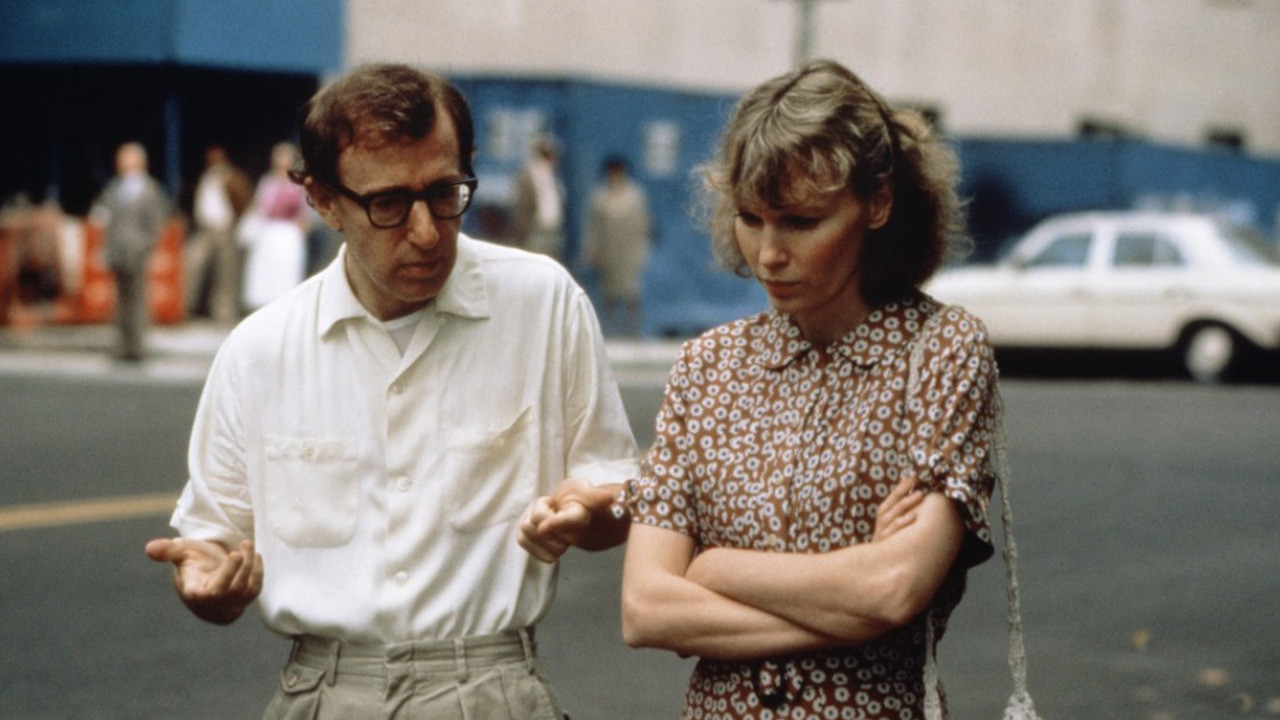
Inspired by “Fanny and Alexander” by his idol Ingmar Bergman, Allen works on the evolution of a family nucleus through three annual celebrations, from the standpoint of the leitmotiv advocated on the scene: “The heart is a very, very elastic muscle.” In the most beautiful scene of the film, it captures what I consider the best explanation for life.
His character believed he was about to die, saddened also by the impossibility of his wife becoming pregnant, without passion for the future, then he walks aimlessly for a few hours, guided only by the spark of hope that refuses to yield to the fatal disease which he believes he has. He even aimed the rifle barrel at his own head, believing there was no motivation in his existence. Nothing seemed to make sense until he entered a movie theater and, even wrecking himself in an ocean of depression, he found himself smiling with a comedy of the Marx Brothers.
The character concludes that even with life being a ride on a roller coaster of more lows than highs, those brief moments of comfort and joy are worth the price of admission. And the unknown element inherent in all of us, who pursued him with so many questions, would never be fully revealed, no matter how insistently he asked.
He then relaxes in the armchair, with all his internal conflicts succumbing to the weight of that mild entertainment, and allowed himself the pleasure of fun. The mood acquired in that session motivated his spirit to face another day. And a year later, engaging in a much happier relationship with another woman, in an unexpected act of fate, he is thrilled to have fulfilled the dream of being a father. Classic Allen!
1. Manhattan (1979)

Allen’s best work as an actor. This film represents the closing of the first cycle in his career, after reaching the perfect mold with “Annie Hall” and venturing into his first drama, “Interiors”. “Manhattan” is the perfect junction of drama, romance and comedy, pioneering what many call the “Woody Formula”.
From the beginning, to the sound of Gershwin’s “Rhapsody in Blue” framing images of the city, to the excellent final dialogue between Woody and Mariel, where he discovers to be less mature than her, we find a writer confident and at his creative height.
Black and white photography by Gordon Willis, who claimed this was his best film, lends even more elegance to the project, including the iconic Queensboro bridge talk scene and the use of shadows in the planetarium chat.
The way Mariel behaves, his naturalness in confronting Diane Keaton, when she asks about her occupation, who answers “I go to school,” and her latent admiration for the older, refined man, a complicated theme, the age difference in the couple, sound extremely natural. The text is great, co-written by Marshall Brickman, repeating the partnership of “The Sleeper” and “Annie Hall”, but who steals the show is Mariel (and when Meryl Streep is in the same cast, that’s saying a lot).
Author Bio: Octavio Caruso is a Brazilian film critic and filmmaker, you can find him on https://www.facebook.com/cinema.octaviocaruso/.